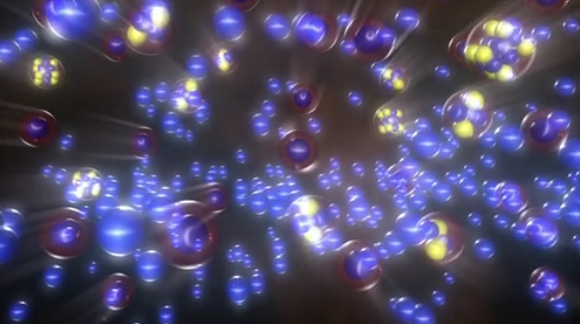Alien Matter Discovered from Beyond Our Solar System, NASA

NASA's Interstellar Boundary Explorer spacecraft has revealed for the very first time, new observations of interstellar matter from outside of our solar system.
The “interstellar matter” was captured and observed by NASA's Interstellar Boundary Explorer IBEX, which was set to methodically measure samples of our neighboring universes.
According to the Goddard Space Flight Center, IBEX scans the entire sky once a year, and every February, its instruments point in the correct direction to intercept incoming neutral atoms.
As the material in that galactic wind doesn't look like the same stuff our solar system is made of scientist believe there’s an “alien environment out there.”
"We've directly measured four separate types of atoms from interstellar space and the composition just doesn't match up with what we see in the solar system," says Eric Christian, mission scientist for IBEX at NASA's Goddard Space Flight Center in Greenbelt, Md.
"IBEX's observations shed a whole new light on the mysterious zone where the solar system ends and interstellar space begins."
The scientist noted that besides helping to determine the distribution of elements in the galactic wind, the new measurements give clues about how and where our solar system formed, the forces that physically shape our solar system, and the history of other stars in the Milky Way.
Scientists reported in a series of science papers appearing in the Astrophysics Journal that for every 20 neon atoms in the galactic wind, there are 74 oxygen atoms while in our own solar system, for every 20 neon atoms there are 111 oxygen atoms.
In other words there is “more oxygen in any given slice of the solar system than in the local interstellar space.”
"Our solar system is different than the space right outside it and that suggests two possibilities," says David McComas the principal investigator for IBEX at the Southwest Research Institute in San Antonio, Texas.
"Either the solar system evolved in a separate, more oxygen-rich part of the galaxy than where we currently reside or a great deal of critical, life-giving oxygen lies trapped in interstellar dust grains or ices, unable to move freely throughout space."
Either way, NASA scientists say “this affects scientific models of how our solar system and life formed.”
Published by Medicaldaily.com



























